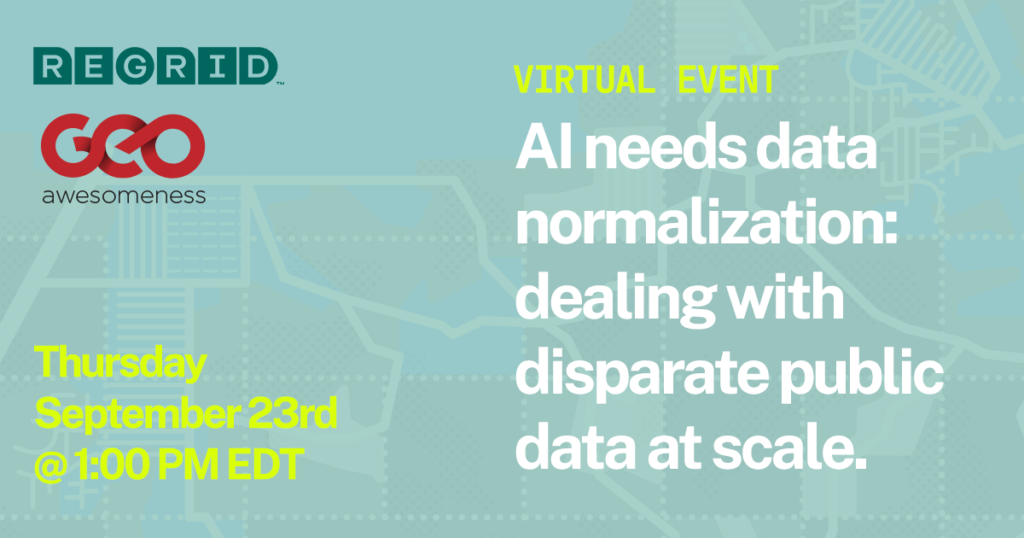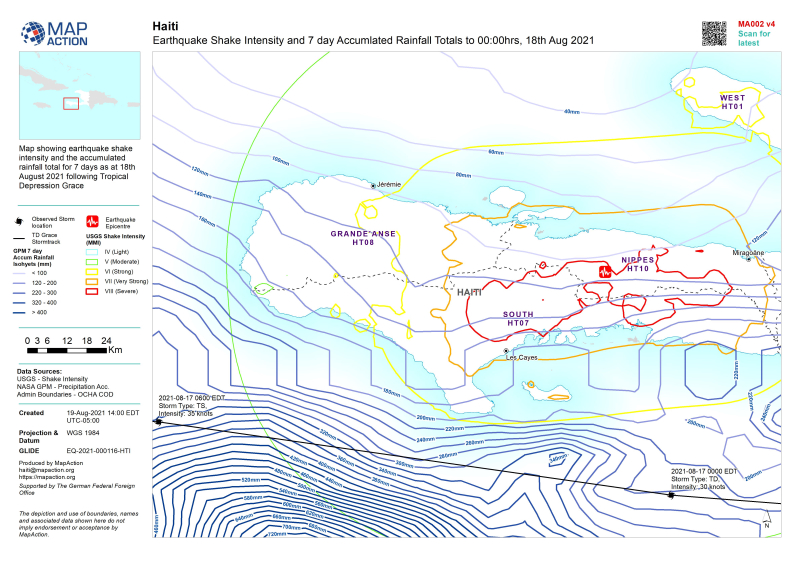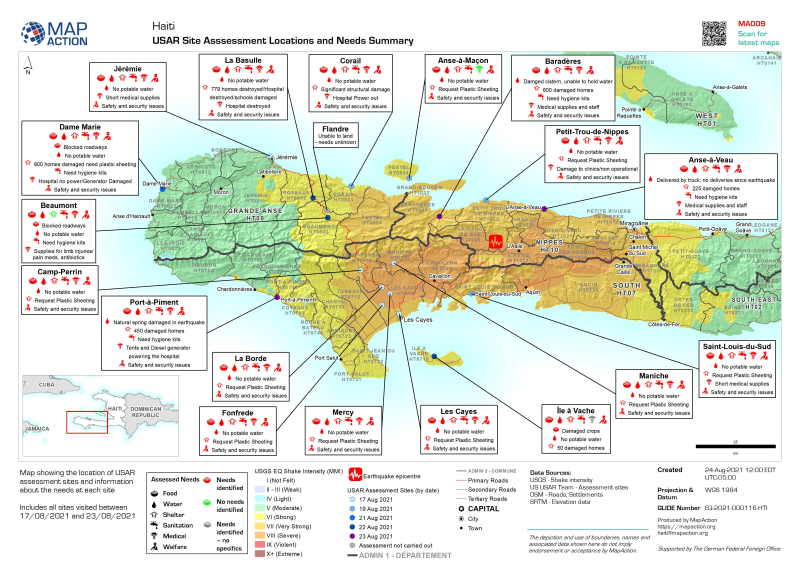
The challenges of working with public data at scale – GDM #17 23rd September 2021
We have all heard and read about the difficulties public organisations and health agencies have had sharing spatial data with each other due to a myriad of issues. Working with public datasets at scale is a challenge. For many of us, it involves finding, cleaning, and standardizing disparate local datasets from over 3000 counties just in the USA. Now imagine the complexities across national boundaries and with the data structure in each country. Every county and state does its data differently, and there is no one standard for normalizing this data.. And it’s a deeply human problem — AI just won’t cut it.
We are delighted to dive into this topic at our upcoming Geoawesomeness Digital Meetup on the 23rd of September together with our colleagues from Regrid and people from across the data industry and public sector who deal with this challenge to discuss tools, strategies, successes, and horror stories.
Join us! You can register for the event here. Registration is free and all video videos and information will be shared with the registrants.






